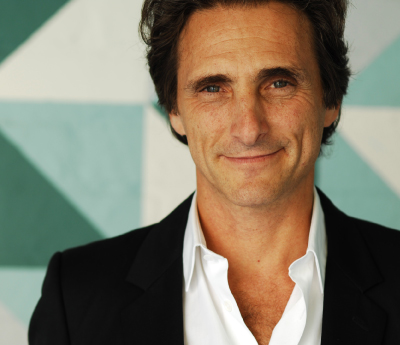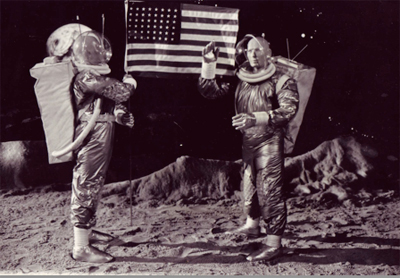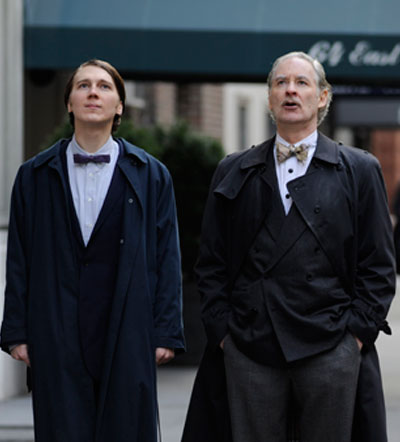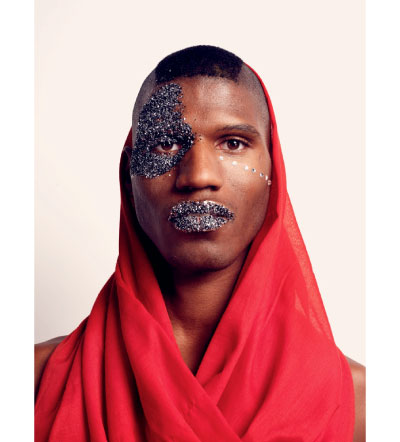

Photography via digital.democracy

More than half a century after his death, Albert Einstein’s name is still used as a synonym for brilliance. Although a simmering political climate anchored by two world wars affected the trajectory of the German intellectual’s life considerably, forced emigration and a Nazi-issued bounty on his head failed to dampen Einstein’s enthusiasm for learning and discovery. Inspired by the tenacity of one of history’s most intelligent refugees, Project Einstein works to inspire disadvantaged youth throughout the world to achieve greatness in spite of their surroundings.
Project Einstein is one of several initiatives launched by Digital Democracy, a New York-based non-profit organization that relies on the ever-increasing capabilities of mobile and internet technology to give a voice to isolated and impoverished communities around the world. The inspiration for this particular project occurred while conducting photography training with youth in a Bangladeshi refugee camp, and has grown into a digital pen pal program spanning South Africa, Haiti, and Thailand.
Much of Digital Democracy’s campaigns work directly with local organizations in order to tailor their initiatives to the community in need. Project Einstein’s latest venture, taking place in the Zona Reyna region of Guatemala, is a joint effort with state development group Proyecto de Desarrollo Santiago (PRODESSA).




 Facebook
Facebook Permalink
Permalink Digg
Digg Reddit
Reddit LinkedIn
LinkedIn StumbleUpon
StumbleUpon Tumblr
Tumblr














